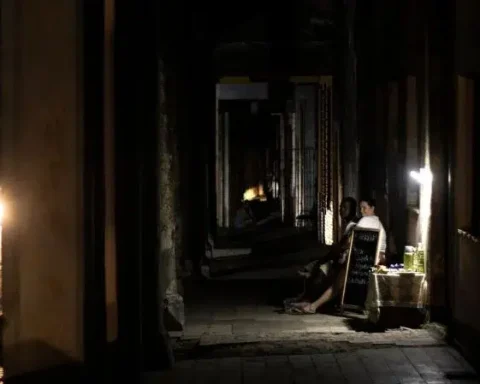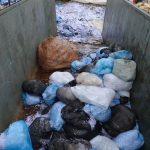Nestled in the historic center of Havana, as one of its most memorable and city-relevant arteries, O’Reilly street is quickly distinguished from its very name. A name that is, in truth, a surname.
Of Irish origin, O’Reilly was the surname of Count Alejandro O’Reilly, field marshal of the Spanish army, born in County Meath, Ireland, in 1723, and whose real name was Alexander O’Reilly y McDowell.
The man immortalized on the street in Havana did not have a noble origin, but his military expertise earned him a rise in the social scale not only in his country, but in the Spanish colonies in America, under the reign of Carlos III.
He arrived in Cuba after Havana fell under British rule in 1762. O’Reilly, who would specialize in the design and updating of military fortresses, was commissioned to supervise the defensive situation of the island, recover various squares and modernize the castles of the Morro of the Cuban capital and Santiago de Cuba. In this way, his name would be linked to the largest of the Antilles and would end up identifying this Havana artery to this day.
The street, however, predates O’Reilly’s arrival in the country and since the 16th century, from the early days of the former Villa de San Cristóbal, it became one of the first routes for the entry and exit of the intramural city. Over the years it would gain urban and commercial prominence, and would be known as Calle Honda, del Sumidero, del Basurero and de la Aduana.

Later, already in the 20th century, he would be named President Zayas, in homage to the controversial Alfredo Zayas, fourth president of the Republic. But all these names would be left behind and it would be that of O’Reilly, that of the Spanishized Irish soldier, elevated to the rank of Count in 1771 and who died in Spain in 1794, who would survive the whims and vicissitudes of time and would settle permanently. in the collective imagination of Cubans.
O’Reilly street has one of the most regular layouts in the historic center of Havana and runs parallel to the famous Obispo boulevard. Just over a kilometer long, it rises in the vicinity of the bay, in the surroundings of the Temple, the Castillo de la Real Fuerza and the Plaza de Armas, and travels to Monserrate street, to the Albear square and the old Manzana de Gómez, converted into the luxurious Gran Hotel Manzana Kempinski.
Point of confluence of historic and residential buildings, shops and gastronomic establishments such as the well-known Café O’Reilly, tourist and cultural institutions, this artery was even the scene of a legendary duel between two former officers of the Mambí army who became politicians in the initial compasses of the Republic.
Today, while Havana recovers its daily activity in the midst of the economic crisis and with the COVID-19 under control, O’Reilly combines images of recovery and decay, of restorations underway and debts to be paid off. Images that come to us through the lens of Otmaro Rodríguez, who shows us with them not the most touristy and well-known ends of the street, but its places and inner life, its deepest and least sweetened journey, its face, after all. , more realistic, closer, more habanero.
















